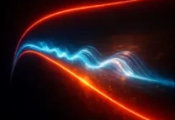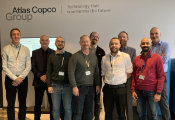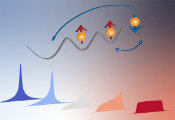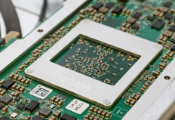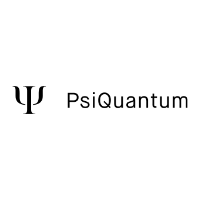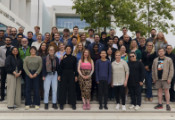Researchers Discover Simultaneous Negative Photoconductivity and Superconductivity by Pressure-Driven Phase Transition
February 13, 2025 -- A research team led by Prof. WANG Xianlong and Dr. WANG Pei from Institute of Solid State Physics, the Hefei Institutes of Physical Science of the Chinese Academy of Sciences discovered a concurrent negative photoconductivity (NPC) and superconductivity in PbSe0.5Te0.5 by pressure-induced structure transition.
This research has been published in Advanced Materials.
NPC is a unique phenomenon where the conductivity of a material decreases due to the trapping of charge carriers in localized states, leading to a reduction in the number of free carriers, which is contrary to the more common behavior of positive photoconductivity (PPC). Though NPC holds great promise in next-generation semiconductor optoelectronics and its application potential has recently reached far beyond photodetection, the phenomenon has rarely been reported and remains unclear, especially concurrent NPC and superconductivity are rarely observed at high-pressure owing to the lack of in situ experimental measuring facility.
In this study, the team systematically investigated the response of PbSe0.5Te0.5 to pressure modulation under visible-light and low-temperature stimuli using a self-developed facility. They then detected how the evolution of crystal and electronic structure affected the photoconductive and superconducting properties and surveyed the underlying interacting mechanisms by use of both experimental and theoretical approaches.
The study indicated that pressure-driven PPC-NPC transition arises from strong nonequilibrium distribution of excited carriers, owing to enhanced electron-phonon interaction by photothermal effect, which leads to decreases in carrier concentration and mobility. DFT theory calculations prove that the dramatically enhanced p-p and s-p hybridizations lead to enhanced electron-phonon interplay at the Fermi level, likely accounting for the semiconductor-to-superconductor transition. Structure-dependent superconductivity and NPC are switchable by pressure-mediated electron-phonon interplay under illumination or cooling.
This research shed light on the origin of superconductive and photoconductive transitions in versatile materials of lead chalcogenides.



